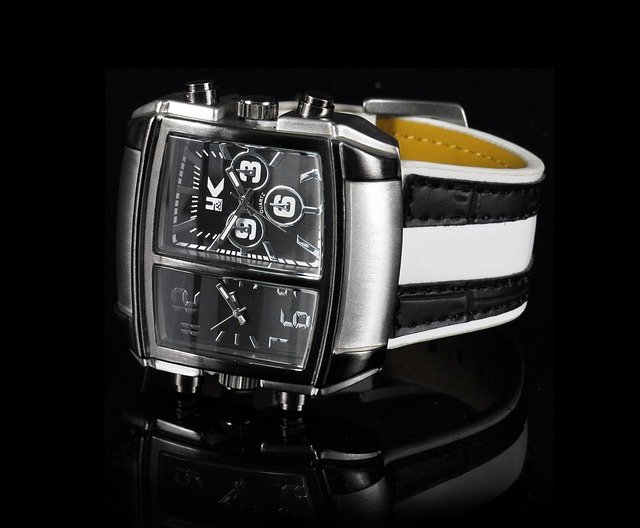Styling by Scale: Matching Width and Profile to Movement
Choosing the right width and profile affects how a bracelet moves, feels, and integrates with daily activity. This article explains practical sizing and measurement tips, how materials and finishes influence motion, and care strategies to preserve fit and function while keeping sustainability in mind.

Choosing the right bracelet size and profile is about more than looks; it governs comfort, safety, and how a piece complements movement. A well-proportioned band follows wrist contours without pinching or sliding excessively, while the profile — flat, rounded, or tapered — changes how the piece responds as you bend and reach. This article outlines practical approaches to sizing and measurement, compares common materials and alloys, and covers leather care and maintenance, finishes and fasteners, repair and storage strategies for travel, and sustainability considerations that affect long-term wear.
Sizing and measurement for comfortable fit
Accurate sizing and careful measurement form the foundation of a bracelet that moves well with you. Measure the wrist at the point where the bracelet will sit, using a soft tape or a strip of paper and a ruler; add 6–12 mm for a snug fit or 12–20 mm for a relaxed drape, depending on personal preference and activity level. Consider profile: wider bands often need slightly more allowance because they restrict flex and can feel tighter across joints. For hinged or cuff styles, measure at the widest part of the wrist and account for opening size so the piece can pass over the hand without forcing.
Materials and alloys: matching profile to motion
Different materials and alloys behave differently in motion. Rigid metals such as stainless steel or sterling silver hold profile and shape but transmit weight and may rattle if a clasp or fastener is loose. Softer alloys and mixed-metal constructions can be formed into tapered or contoured profiles that sit closer to the wrist, reducing movement. Hollow profiles reduce weight but can alter balance; solid bands add presence but may require a narrower width for comfort. When selecting materials, balance desired profile, weight, and how the piece will interact with daily movement.
Leather profiles, care, and maintenance
Leather bracelets respond to wear by softening and adapting to wrist contours, making initial fit more flexible over time. Choose leather width and profile that accommodate swelling during heat or activity; narrow straps can be layered, while broader panels should be cut and lined to avoid overstretching. For care and maintenance, keep leather dry, clean with a damp cloth, and apply a conditioner appropriate to the hide to preserve suppleness. Avoid prolonged exposure to water, sunscreen, and perfumes that can degrade dyes and stitching.
Finishes, fasteners, and the role of the clasp
Finishes influence friction and contact noise: matte or brushed finishes tend to show less surface wear from movement, while high-polish surfaces can scratch more visibly. Fasteners and clasps are critical to how a bracelet behaves in motion — a secure clasp prevents the piece from rotating or slipping off, while slide closures allow micro-adjustments for activity. Consider locking clasps or safety chains for heavier pieces. Fastener placement also affects balance; centrally located clasps can shift with motion, so some designs place closures on the underside to minimize visible movement.
Repair, storage, and travel considerations
Routine repair and preventive maintenance keep profiles and closures operating as intended. Inspect pins, hinge points, and soldered joints for wear and have fasteners adjusted by a qualified jeweler if they loosen. For storage, lay flat or use padded compartments to preserve shape and finishes; soft pouches reduce abrasion between pieces. When traveling, pack bracelets in separate pockets or wrap them to avoid tangling with chains and reduce impact on clasps. If you travel frequently, choose durable finishes and secure fasteners to reduce the need for mid-trip repairs.
Fit and sustainability for long-term wear
Fit is not static: seasonal changes, activity levels, and aging can affect wrist size and how a profile performs. Prioritize adjustable or modular designs if you expect fluctuation in fit. Sustainability intersects with styling choices — select materials and alloys with traceable sourcing, repairable construction, and finishes that allow for refurbishment rather than replacement. Natural leather has longevity when maintained, but consider vegetable-tanned or responsibly sourced hides; recycled metals and robust fasteners extend a piece’s usable life. Choosing repairable designs reduces waste and preserves the original profile and movement characteristics over time.
Choosing width and profile with movement in mind leads to jewelry that feels integrated with daily life rather than an afterthought. Thoughtful measurement, awareness of materials and finishes, sensible fastener selection, and proactive care all contribute to comfort and durability. By combining good sizing practices with attention to materials, maintenance, and sustainability, you can create or select pieces that maintain their intended fit and motion through years of wear.






